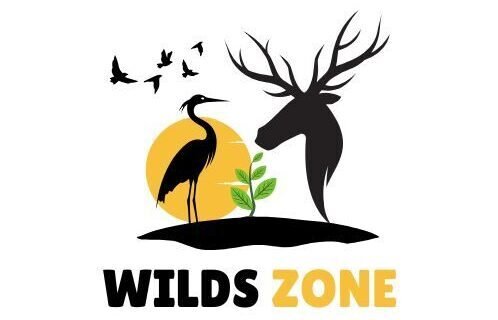The difference between the words Goose vs Geese is interesting in terms of language and biology. These words are used for the same bird, but these birds differ in shape and number. Goose is used for one bird while goose is used for more than one bird.
These birds are often seen in the skies with their famous honks and graceful forms. The difference between Goose and Geese is based on their unique characteristics and where and how these words are used and how they differ from each other.
Goose vs Geese Meaning
Goose refers to a singular bird of the family Anatidae, geese denote multiple members within this group. The appealing it might seem to watch them float serenely, life among these feathery communities can be decidedly messy and noisy.
The Anatidae family, which includes ducks and swans, have inhabited our lakes and rivers for an astonishing 10 to 12 million years. The waddling along shorelines or foraging for aquatic vegetation, ducks offer an engaging spectacle as herbivores with diverse diets ranging from pondweed to grains.

Grouped together under the general label of waterfowl, there are subtle but significant distinctions between species most notably when it comes to goose versus geese. The former refers to the plural form of numerous species within this category, often characterized by their larger size and honking calls.
Features of the Goose
When we talk about a goose, It happens to be a singular bird. These birds are of large and medium size. Their beaks are round and a little thick. Goose has very soft and thick fur which helps them to stay alive in cold weather.
Goose is a unique bird which reveals only one bird. His voice is like a geese or hunk. Its neck is long and its color is white, black or brown. It sometimes travels alone or in groups. Goose and like a chickens Both lay eggs.
Goose plural form geese is a delightful demonstration of the quirks within the English language particularly in its approach to irregular plurals. Geese have appeared in folklore and literature throughout centuries, often symbolizing community and guidance think “Mother Goose” like flocks migrating across autumn skies.
Features of Geese
Geese refers to one or more birds that also have a honk-like sound and are noisier because they travel in groups. They are also found in cold regions. The plural of goose may seem straightforward at first glance, yet it reveals the enchanting quirks of English linguistics.
Geese are similar in appearance to Goose and differ only in the number or body structure. These birds will be seen swimming in ponds, oceans and lakes. These birds are excellent swimmers and will often be seen swimming.
The vowel shift from “oo” to “ee” not only showcases the irregularity common in plural of goose in English but also adds a poetic flair that makes language so rich. This communal behavior underscores their social nature, bringing to light how relationships thrive within their groups, much like our own human interactions.
Nesting Behaviour of Goose
Nesting behavior in geese is a fascinating study of instinct and adaptability, revealing the delicate balance between survival and nurturing. As spring approaches, female geese typically scout for secluded areas near water bodies essentially crafting a site that blends safety with accessibility.
Their choice of location is often influenced by environmental cues, such as vegetation density and predation risk, showcasing an impressive innate intelligence in selecting optimal nesting grounds. Usually formed from grasses and down feathers to provide insulation, the ritual becomes one of sheer determination.
Geese are renowned for their unwavering dedication during incubation; females can sit on their clutches often ranging from 5 to 15 eggs for long periods while males patrol nearby to ward off threats. This cooperative breeding strategy not only strengthens pair bonds but also enables a division of labor where both parents have specific roles: vigilance lies with the male while nurturing remains predominantly the female’s responsibility.
Conclusion
They are just two variations of the same bird. Geese and Goose differ only in singular and plural. Goose vs Geese. If we talk about a single bird, it is called Goose, and when we talk about many birds, it is called Geese. These two words are enough to understand this.
These waterfowl not only play critical roles in their ecosystems but also hold significant cultural and historical value across various societies. These charming birds, take a moment to reflect on their unique characteristics and the importance of preserving their habitats.
FAQs
What is the difference between a goose vs geese?
A goose refers to a single bird, while geese is the plural form used for multiple birds.
Are all geese considered migratory birds?
Not all geese are migratory; some species may remain in their habitats year-round, depending on environmental conditions.
How can I identify different species of geese?
You can identify them by their size, color patterns, vocalizations, and habitat preferences.
